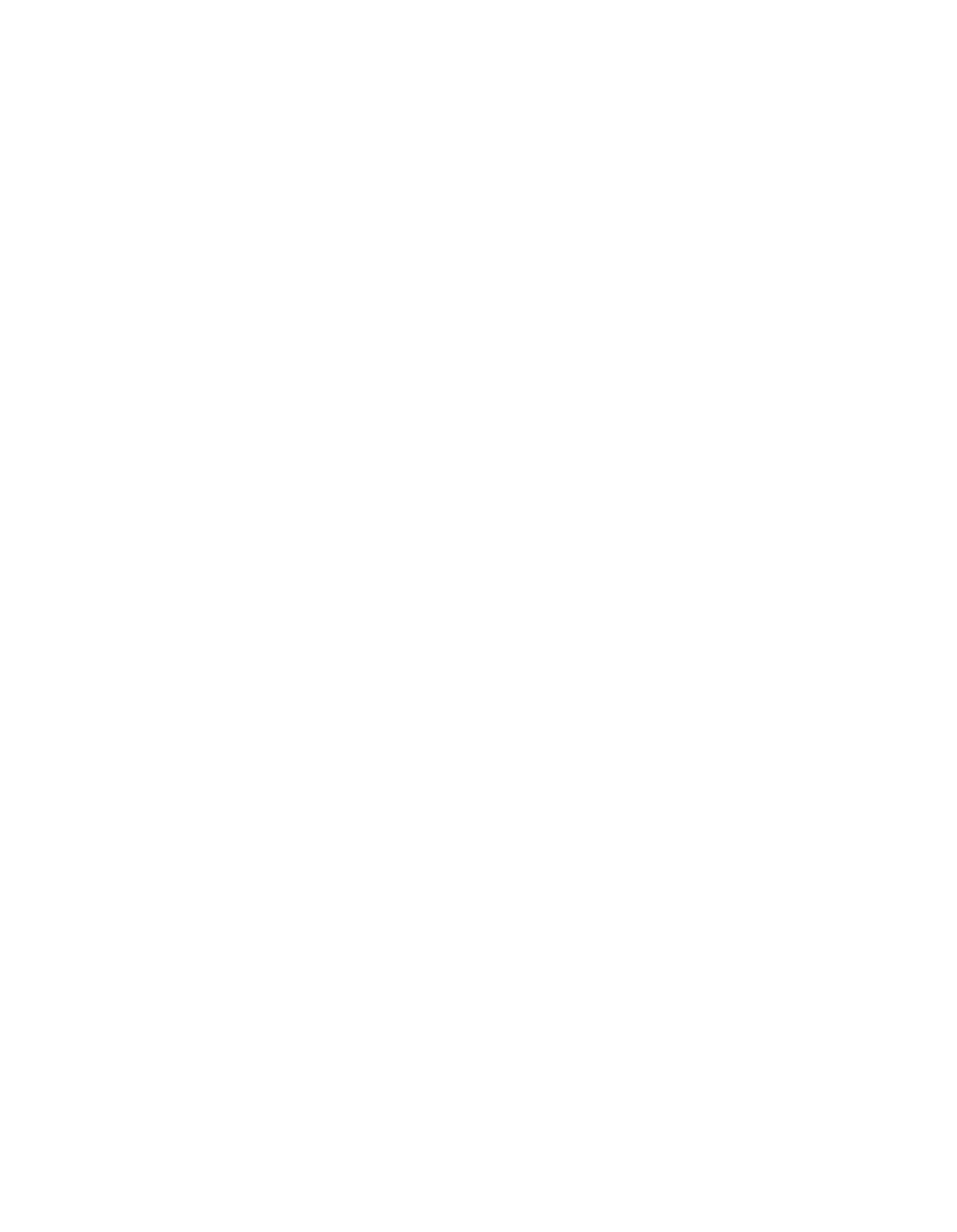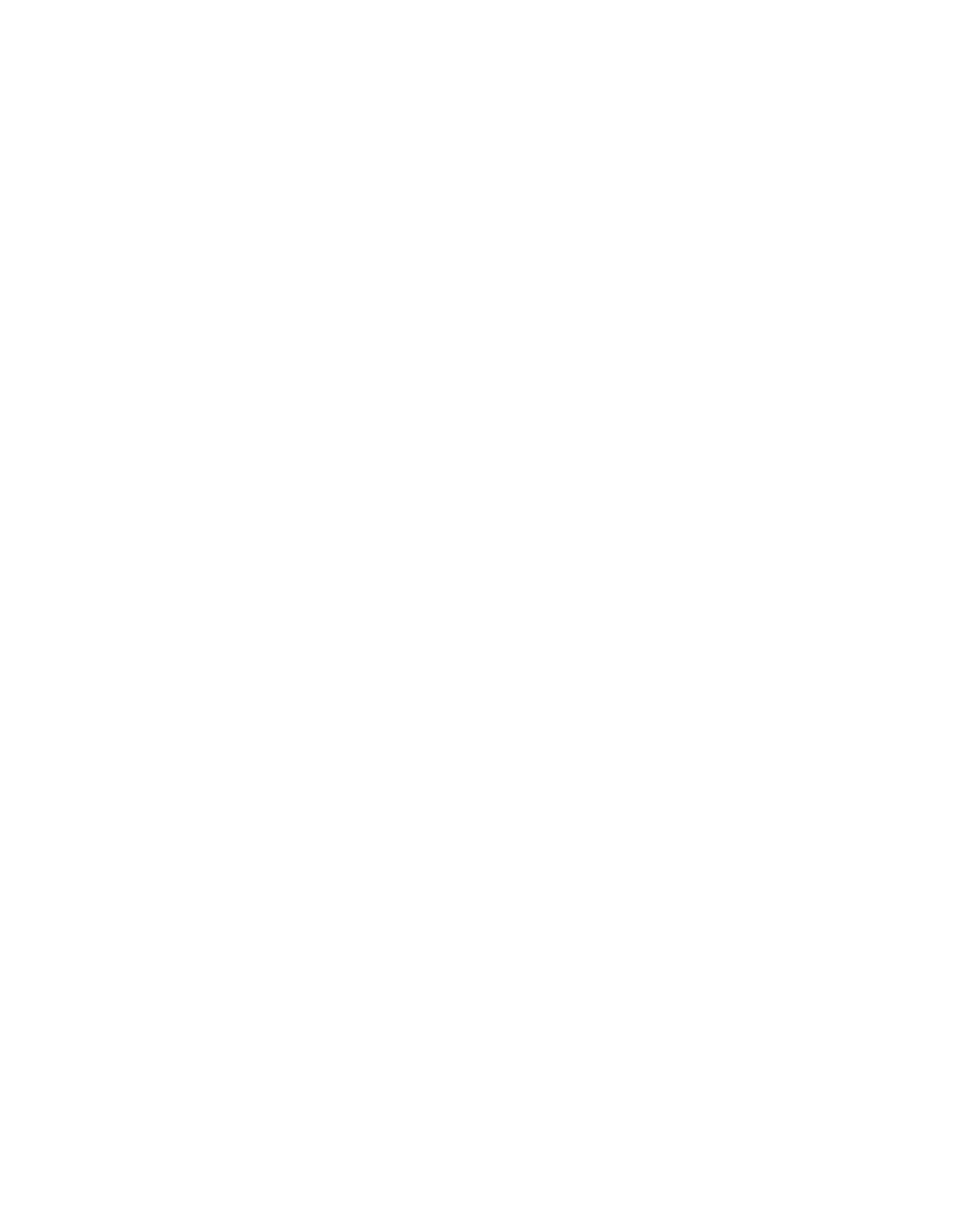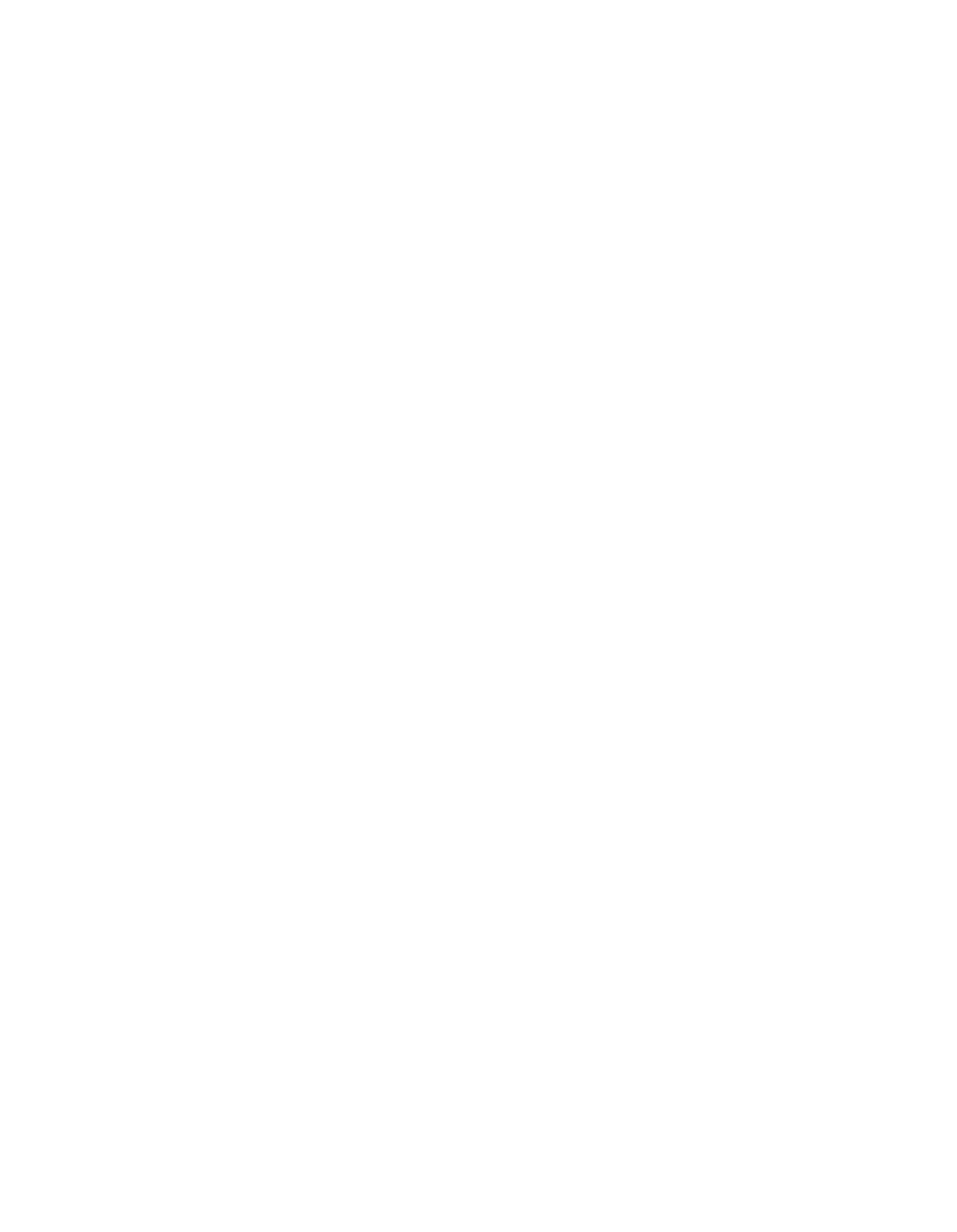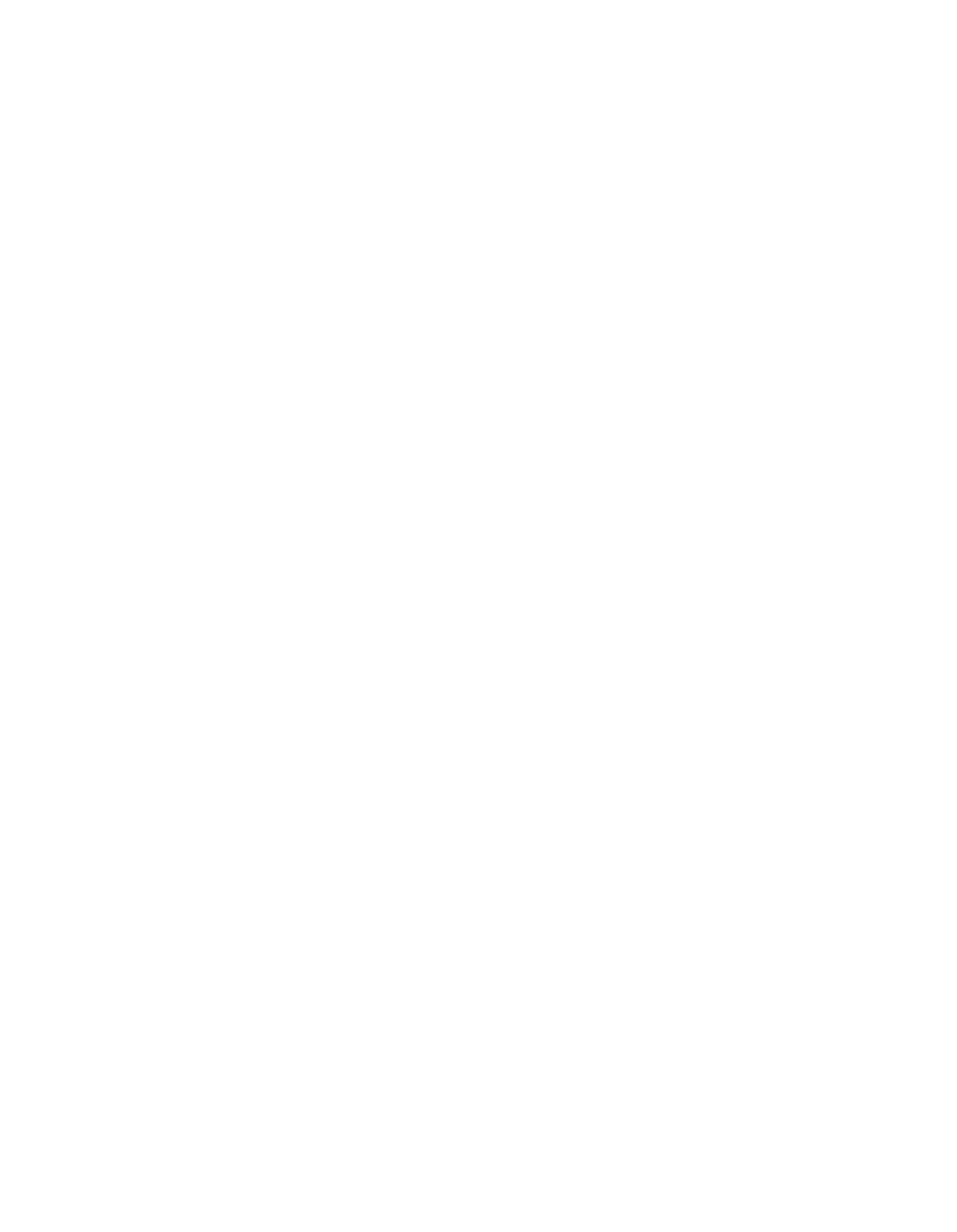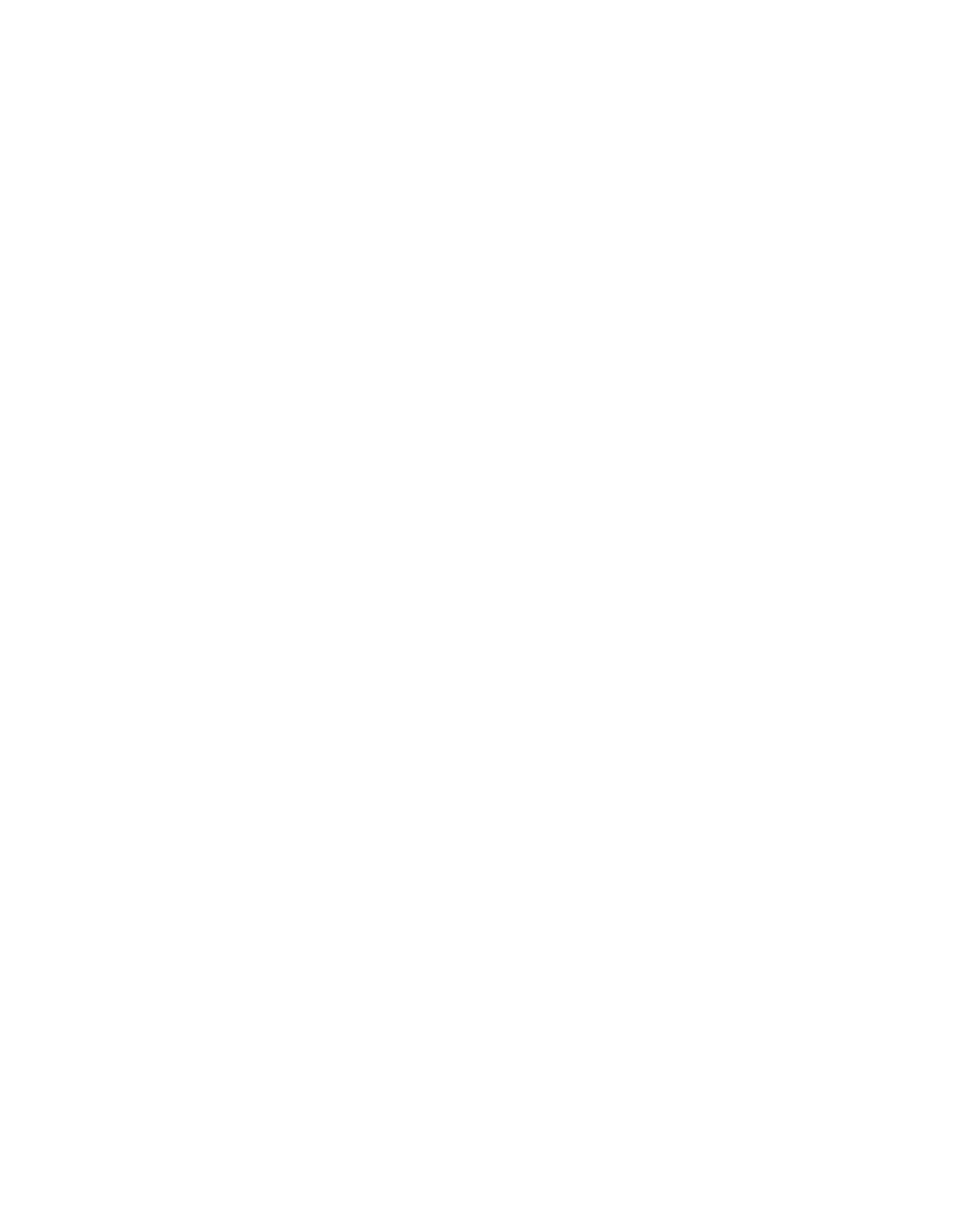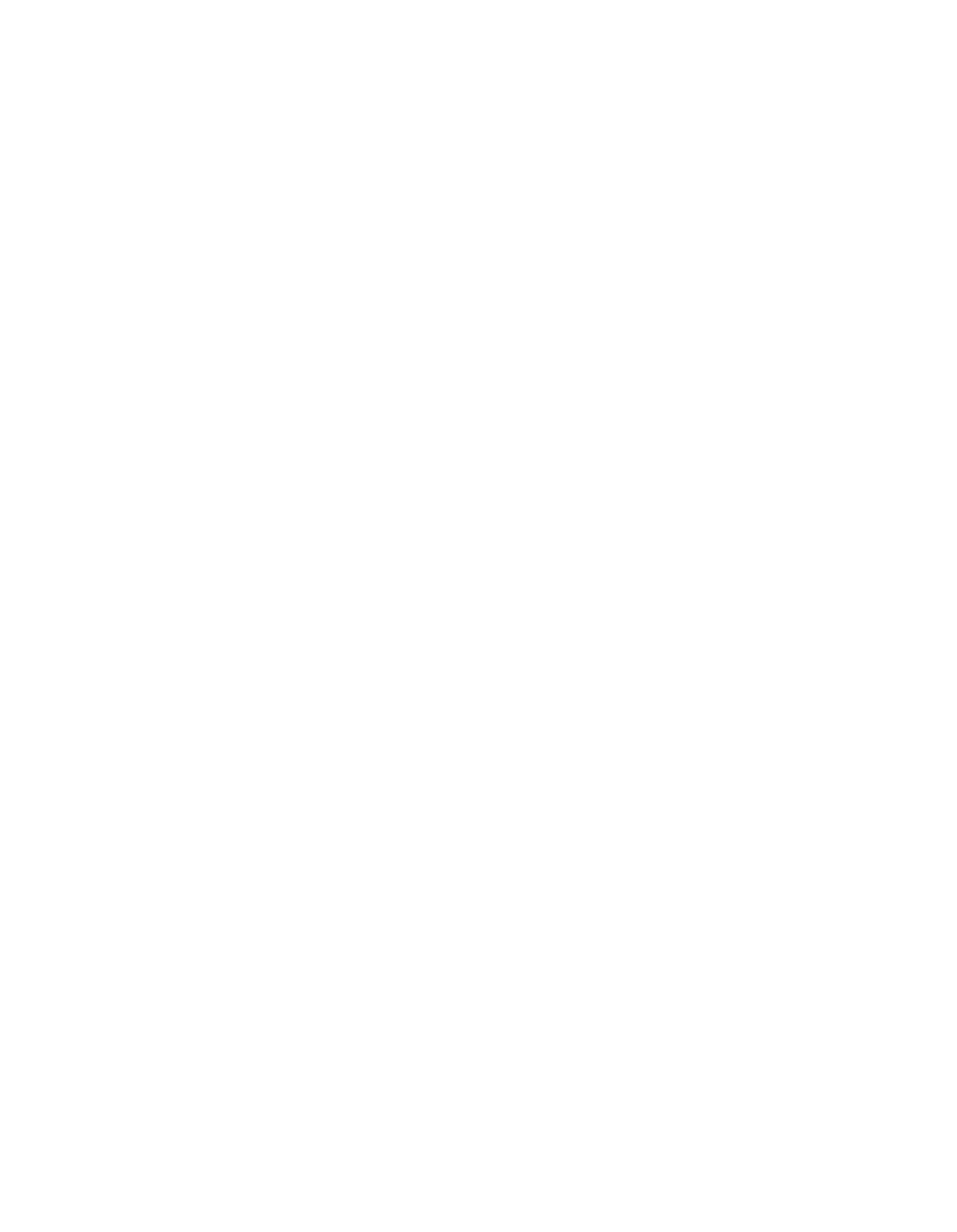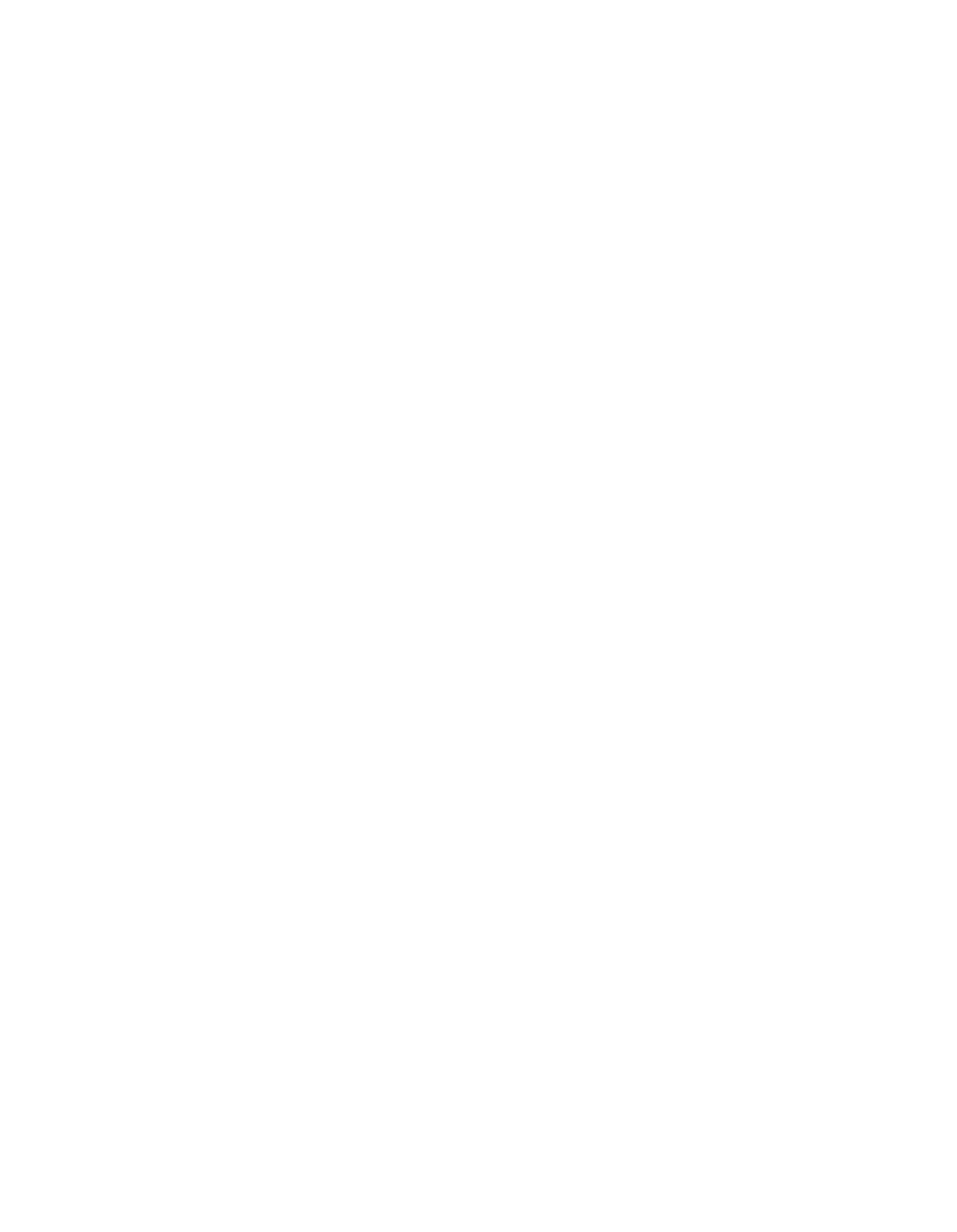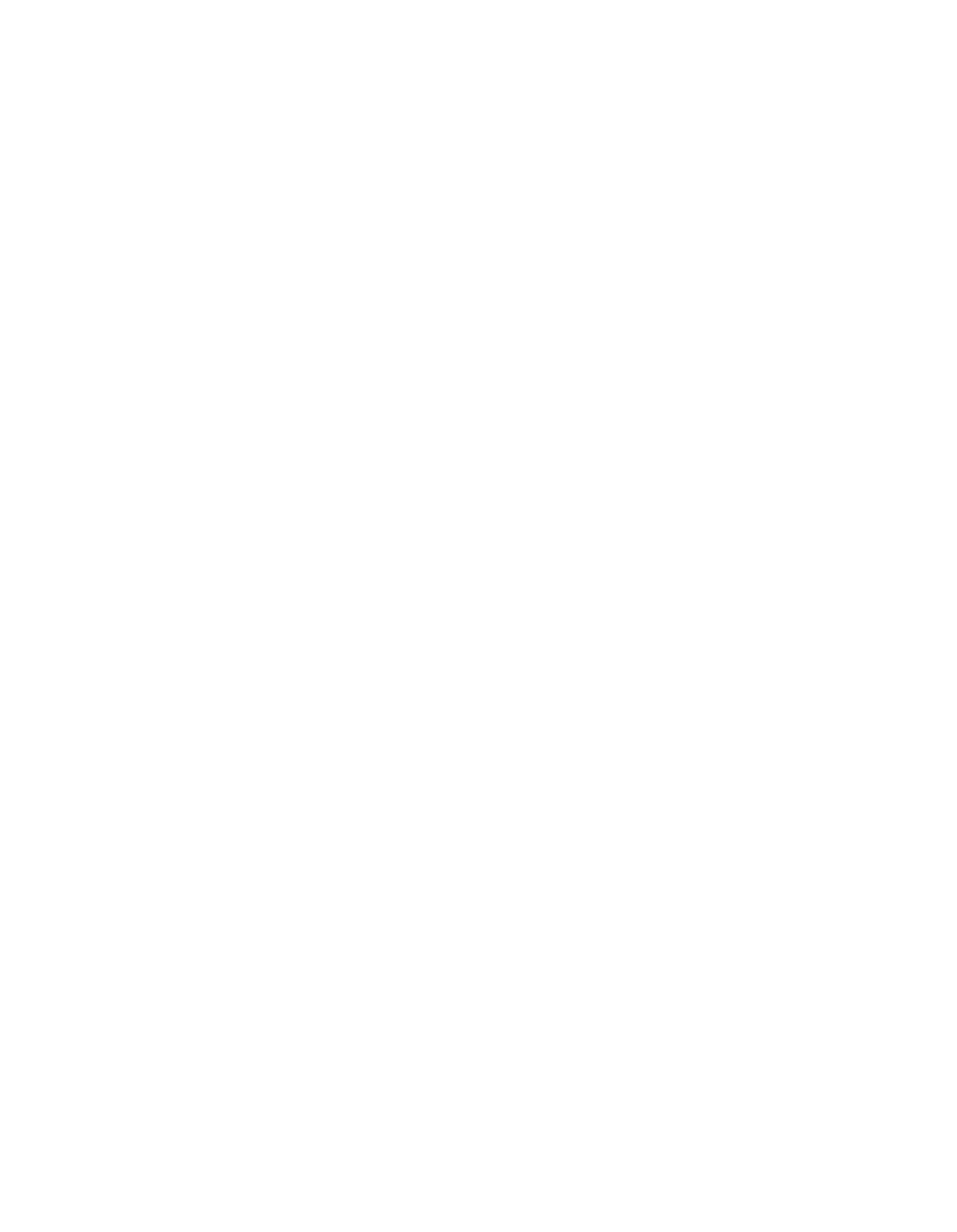ILLINOIS POLLUTION CONTROL BOARD
December
20,
1990
IN THE MATTER OF:
)
PROPOSED AMENDMENTS TO
)
R87-3l
PART 214, MEASUREMENTS
)
(Rulemaking)
METHODS FOR EMISSIONS
)
OF SULFUR COMPOUNDS
)
ADOPTED RULE
FINAL ORDER
OPINION AND ORDER OF THE BOARD
(by B. Forcade):
This rulemaking involves amendments to 35 Ill. Adm. Code 214
Sulfur Limitations, Section 214.101, Measurement Methods, as
proposed by the Illinois Environmental Protection Agency
(“Agency”)
in connection with the Illinois State Implementation
Plan (“SIP”)
for sulfur dioxide.
Subsection
(a) of the
rulemaking affects the stack testing measurement techniques for
sulfur dioxide emissions from stationary sources.
The balance of
the rule primarily governs measurement methods for solid fuels.
Affected sources
include public utilities, private businesses,
and various other entities
in Illinois.
The Joint Committee on
Administrative Rules
(“JCAR”)
issued its Letter of No Objection
on December
13,
1990.
The Board now proceeds
to adopt the final
rule
in this matter, based on agreed upon changes recommended by
JCAR.
Procedural History
The adopted amendments were filed by the Agency on August
24,
1987.
Merit hearings were held on October
23, 1987
in
Chicago and on November 6,
1987 in Springfield.
On November
9,
1987,
the Agency filed its First Amended Proposed Regulation and
Statement of Reasons.
On January
1,
1988, the Department of
Energy and Natural Resources
(“DENR”) filed a letter,
acknowledging
that an Economic Impact Study
(“EcIS”) would be
undertaken.
The EcIS was filed on June
9, 1989.
The Economic
and Technical Advisory Committee (“ETAC”) opinion approving the
EcIS was
filed on July
6,
1989.
EcIS hearings were held on
September 8,
1989 in Chicago and on September
19, 1989
in
Springfield.
On June 11,
1990,
the Agency filed
its amended
proposal setting forth the rule as
recommended by the Agency for
As indicated at First Notice, Deborah Stonich,
a Board
attorney, previously represented the Agency in this proceeding.
Ms. Stonich has not participated in any of the Board’s
deliberations
in this matter.
The Board wishes to acknowledge the contribution of Board
attorney, Margaret A.
Dolan Fliss, who participated in drafting
these rules and former Board attorney, Daniel Siegfried, who
acted
as hearing officer.
117—2 17
—2—
First Notice.
Since the Board’s First Notice Opinion and Order of June 21,
1990, the Board received comments from the Administrative Code
Division of the Office of the Secretary of State;
from the
Agency; and the Illinois Environmental Regulatory Group
(“IERG”).
On September 27,
1990 the Board issued its Second
Notice, Proposed Rule.
JCAR approved the proposed rule at its
December
13, 1990 meeting, with certain changes recommended by
JCAR and accepted by the Board.
Background
The proposed rule
is being issued in response
to the refusal
of USEPA in 1985 to accept the sulfur dioxide emission
limitations in the Illinois SIP.
USEPA required that Part
214.101, Measurement Methods, be revised to assure short—term
compliance with the National Ambient Air Quality Standard
(“NAAQS”)
for sulfurdioxide.
(See Merit Hearings, Exhibit
8,
1985.)
USEPA maintained that stack testing should be included in
measurement methods to determine short—term compliance.
The two
month averaging method of existing Section 214.101 was considered
inadequate to establish short—term compliance,
i.e., 3—hour and
24—hour compliance.
Stack testing is USEPA’s preferred method to
evaluate short—term compliance.
The Agency estimated that 87 facilities would be affected by
the rulemaking.
DENR revised this number downward to 78,
of
which 52 facilities would
be required to make some changes
in
their existing practices.
Introduction
The amendments to Section 214.101 provide that compliance
shown by coal sample averaging techniques may not be used to
refute evidence of non—compliance shown by stack testing, and
vice versa.
Either stack test results,
if required by the
Agency, or coal sampling results would be given controlling
weight
if such testing revealed non-compliance.
USEPA—approved
Methods
6A,
6B, and 6C, found at
40 CFR 60, Appendix A,
have been
added to supplement the Method
6 stack testing procedure in the
prior
rule.
Section 214.101 will be amended to specify the methods and
frequency of regular analysis of coal samples, based on the
facility’s capacity
to produce sulfur emissions.
This capacity
is expressed in terms of total solid fuel—fired heat input
capacity, measured in mega watts
(MW) or millions of British
thermal units per hour
(MBtu/hr).
Facilities were not previously
categorized in this way, but now each would fall into one of four
groups, with corresponding testing requirements.
For discussion
purposes,
these facilities have been categorized as follows:
117—218
—3—
Category
Capacity
Proposed Frequency of
Analysis
Category
1
more than 439.5 MW
Daily analysis
(1,500 MBtu/hr)
Section
214.101(c)
Category
2
146.5
-
439.5 MW
Weekly analysis of
(500
—
1,500 MBtu/hr)
daily samples
Section
214.101(d)
Category
3
14.65
—
146.5 MW
Monthly analysis of
(50—500 MBtu/hr)
daily samples
Section
214.101(e)
Category
4
less than 14.65 MW
Monthly average
(50 MBtu/hr)
(Section 214.101(f)
Under the prior
rule,
the measurement method for all
facilities was the same.
Prior Section 214.101(a) provided for
stack testing in accordance with USEPA approved Method
6,
found
at
40 CFR 60
(1982),
or procedures specified by the Agency, and
prior Section 214.101(c)
provided for two—month averages of coal
samples.
Under Section 214.101(c) compliance was shown by
calculating a two—month average of daily samples of low sulfur
fuel provided that no more than
5
of the samples are greater
than 20
above the average.
Stack testing was rarely performed,
and the two—month average of coal samples (sometimes
in the
record referred to as a 60—day average) was the method ordinarily
used to show compliance with sulfur emissions limitations.
The adopted rule may entail more frequent coal sampling and
analysis than some facilities previously performed and may
involve modest cost increases over amounts already spent for
current procedures.
The record suggests that stack testing, with
its related costs, will continue to be required on a relatively
infrequent basis.
Additional information on the development of the adopted
rule may be found in the discussion of the Merit and EcIS
hearings
in the Board’s June 21,
1990 First Notice Opinion and
Order.
Proposed Regulation
The Board’s First Notice proposed rulemaking .was based
primarily on the Agency’s Amended Proposal filed June
11,
1990.
Based on the comments received since First Notice, the proposed
amendments to Section 214.101 were modified slightly at Second
Notice.
Incorporation by reference for cited materials also
required amendments to
35
Ill.
Adm. Code 214.104, which were
updated as discussed below.
Only minor changes were proposed by
the Board at Second Notice, as more fully explained below.
117—219
—4—
Discussion
At First Notice the Board posed various questions to clarify
language,
to inquire about when stack testing might occur, and to
ascertain current versions of documents incorporated by
reference.
As a result of First Notice Comments received,
certain minor changes were made in the Board’s Second Notice
proposed rule.
Changes from First Notice
1.
Section 214.101(a):
Sulfur Dioxide Measurement
The First Notice proposed rule provided that sulfur
dioxide is to be measured in accordance with methods specified in
40 CFR 60, Appendix A, Method
6,
6A,
6B or
6C or by alternative
methods pursuant to 40 CFR 60.8(b).
In response to
the Board’s
request for further clarification concerning alternative
methods,
the Agency recommended a minor language change,
substituting the words “measurement procedures established
pursuant to 40 CFR 60.8(b)” for the words “measurement procedures
specified by the Agency pursuant to 40 CFR 60.8(b).”
Ag. Comm.
August
28, 1990,
p.
3 (emphasis added).
The Board agreed that this minor word change clarified
the intent of Section 214.101(a)
and would better inform affected
businesses and institutions regarding sulfur dioxide measurement
methods.
2.
Section 214.101(c):
Solid Fuel Averaging Measurement
Daily Analysis Method
Section 214.101(c) provides that if daily fuel analysis
is used to demonstrate that emission levels are in compliance
(or
non—compliance),
a two month average of daily samples would be
calculated to represent the emission level or rate.
This would
then be compared with the emission limits of Section 214.122,
214.141,
214.142(a),
214.162,
214.186, and 214.421.
At First
Notice,
the emission level was referred to in Section 214.101(c)
as “the sulfur dioxide hourly emission rate or emission rate
expressed as kg/MW—hr
(pounds per million Etu).”
The Agency
recommended clarifying the intended meaning of this section by
replacing the above quoted language with “the sulfur dioxide
emission rate to be compared tothe applicable emission limit.”
Ag. Comm., August
28,
1990,
p.
4.
The Agency explained that
reference
is being made to “the number of pounds per MNBtu
that
are not to be exceeded in ‘any one hour period’
as provided in
Sections 214.122, 214.141,
214.142(a),
214.162, 214.186 and
214.421.”*
Ag. Comments, August
28, 1990,
p.
4.
The Board
agreed to delete the word “hourly” and the reference to kg/MW—hr,
*
Agency comments are assumed to have intended 214.421 and not
214.122 as typed on p.
4 of the comments.
117—220
—5—
to identify more clearly how the emission rate is expressed.
At First Notice the Board also asked why Section
214.142(b) was not referred to in Section 214.101(c).
The Agency
explained that averaging of emissions has never been allowed
under Subpart
E, and Section 214.142(b)
refers specifically to
Subpart
E.
See Ag.
Comments, p.
5.
The Board found this
response satisfactory.
3.
Section 214.104:
Incorporation by Reference
The Agency indicated that updated versions of two fuel
sampling procedures should be incorporated by reference
in
Section 214.104(c)(l).
These are American Society for Testing
and Materials (“ASTM”) procedures, ASTM D—2234, updated for a
1989 version, and ASTM D—2622, updated for a 1987 version.
Other Comments from the Agency
In addition to explaining its rationale for the above
recommended changes
in the rule,
the Agency responded to other
questions raised by the Board
in
its First Notice Opinion and
Order.
The Agency commented that the first sentence of Section
214.101, which was drafted to satisfy USEPA stack testing
concerns,
should not be changed, particularly since identical
language had recently been approved by USEPA for the Indiana
SIP.
The Agency also restated its position that the coal
sampling and averaging should be included in this rulemaking for
submission to USEPA.
On the subject of whether criteria could be
included in the rule to determine when stack testing would be
required,
the Agency responded that any limitation on the
Agency’s ability to require stack testing would impair
its case
by case approach to stack testing and might
risk USEPA rejecting
the rule.
The Agency expressed its preference for a two—month
average, versus a 60—day average,
noting that administrative
burdens might exceed the benefit of better data obtained from the
use of a
rolling average.
The Agency also clarified that the term,
“standby status”,
in the context of calculating total heat input capacity for a
facility,
is intended to refer to “an emission source which is
not used in the normal course of operations.
For example,
an
emission source which does not receive regular shipments of
coal...”
Ag. Comments,
p.
7.
With respect to the daily analysis method of Section
214.101(c),
the Agency explained that reference to the emission
limits of Section 214.121 was deleted since there are no longer
any emission sources
in Illinois regulated under this section.
First Notice Comments from IERG
IERG reiterated
its position that the coal sampling and
analysis should be required as a permit condition,
and not as
part of the federally enforceable Illinois SIP.
IERG requested
that the Board reconsider
its position in the First Notice
117—22 1
—6—
Opinion and Order, which rejected IERG’s assertions on this
issue.
With respect to incorporation by reference issues,
IERG
stated that the 1989 version of 40 CFR 60, Appendix A,
is
appropriate, confirming the Agency’s and the Board’s
conclusion.
However, IERG also asserted that additional
documents,
not included in the First Notice Opinion and Order,
should be incorporated by reference
in Section 214.104.
These
items include:
(1) Method 19: Determination of Sulfur Dioxide
Removal Efficiency and Particulate,
Sulfur Dioxide and Nitrogen
Oxides Emission Rates From Electric Utility Steam Generators;
(2) ASTM D—4239C;
and
(3) USEPA AP—42 document,
Compilation of
Air Pollutant Emission Factors,
Sept.
1985, Supp.
Sept.
1989.
IERG was in agreement with the Agency that the specific
circumstances under which stack testing would be required should
not be part of the proposed rule.
IERG stated its preference that the averaging required under
Section 214.101(c)
be performed on the basis of
a 60—day average,
as opposed to the two—month average which the Agency prefers.
IERG agreed with the Agency’s position that the record does not
support support the requirement of a rolling average.
IERG also commented on “stand—by capacity” as this relates
to calculating the total heat
input capacity category of
a
facility.
IERG states that “stand—by capacity” refers to boilers
“that are not regularly used or rarely used and only used when,
for whatever reason,
they are needed.”
IERG Comments, p.6.
IERG stated that reference to Section 214.142
is
appropriately included in Section 214.101(c), but the above—noted
Agency’s response,
that no facilities fall under this rule,
appeared to adequately explain why only Section 214.142(a)
is
referred to in the rule.
IERG requested the Board
to clarify whether
total heat
input
capacity
is based on the entire plant or on the individual
sources at the plant and to direct that “consideration
be
given
to small sources at large plants.”
IERG Comments,
p.
7.
IERG
also requested the Board to provide an exemption for sources
which utilize continuous emissions monitors and to provide for
the Agency’s modifying the rule on a case by case basis, as
in
the case of mechanical failures.
IERG Comments, pp.
6,
7.
IERG
made other comments concerning headings and possible
typographical errors.
Second Notice Proposed Rule
Based on the comments received during the First Notice
comment period,
the Board proposed for Second Notice the
amendments to Part 214, Measurements Methods for Emissions of
Sulfur Compounds,
consistent with the First Notice Opinion and
Order and with minor modifications suggested primarily by the
Agency.
The Board’s revised language was based on several
117—222
—7—
considerations.
First,
regarding the introductory sentence of the proposed
rule, the participants were
in substantial agreement that to
secure USEPA approval the stack
testing language must be given
greater prominence as the means
to show short—term compliance
with the sulfur emissions standards.
The Agency again endorsed
the first sentence of the rule as satisfying USEPA’s stack
testing concerns, and so the Board retained this particular
language.
The sentence,
“(d)etermination of compliance and non-
compliance shall be made according to the methods of this
section,” as
suggested by a USEPA staff member at hearing, was
not substituted for the Agency’s proposed language.
Tr., Oct.
27, 1987,
p.
11.
Second,
the Board accepted the Agency’s minor
revision
in
Section 214.101(a)
concerning alternative stack testing
procedures found
in
40 CFR 60.8(b).
The Board agreed that
procedures “established pursuant
to
40 CFR 60.8(b)” clarifies
this matter regarding the use of procedures other than Methods
6,
6A,
6B, and 6C,
incorporated by reference in Section
214.104(a).
This would make clear
that alternative procedures
would be federally prescribed rather than prescribed solely
in
accordance with the Illinois Administrative Code,
as the prior
regulation provided.
Third, the Board found that the Agency and the Illinois Coal
Association articulated the preferred position with respect to
the proposed coal sampling and analysis rules
found
in
subsections
(c),
(d),
(e) and
(f).
The Board found that these
subsections provide clarity, specificity, and consistency with
Agency practices, which will benefit both the regulated community
and the Illinois coal industry.
Although IERG expressed its
preference that the Agency use the permitting process as the
means to regulate coal sampling and analysis practices, the Board
continued to support the Agency’s proposed regulatory framework,
as explained in the First Notice Opinion and Order.
For these
reasons the sampling and analysis sections were unchanged from
First Notice, with the exception of adding a comma after sulfur
in subsection
(C)
and using a lower case
“s”
for “subsection”
in
subsections
(d) and
(e).
Fourth, the Board received comments to the Board’s proposing
to use the phrase,
“consecutive two—month average”
to clarify and
specify the meaning of the average in Section 214.101(c).
To
accommodate the Agency’s administrative concerns the Board
retained the same language as proposed at First Notice.
Fifth,
the Board had requested that the participants comment
on various other
issues,
including updated versions of materials
to be incorporated by reference and the possibility of criteria
for the Agency’s requiring stack testing.
On both of these
points the Agency and IERG seemed to be
in agreement,
i.e., the
years were consistent for incorporated materials and neither
participant
wanted to specify the conditions under which stack
testing would be required.
The Second Notice proposed rule
117—223
—8—
reflected these positions.
As noted earlier, IERG had recommended that other particular
materials be included
in Section 214.104, Incorporations by
Reference.
As explained above, the proposed rule was not revised
to include those particular references since the possibility of
new methods and procedures could have been fully developed in the
record, but was not.
Additionally, ASTM D—4239, which is to be
included in Section 214.104, encompasses three methods,
A,
B, and
C, which the Board believes satisfies IERG’s objective in
requesting inclusion of
“ASTM D—4239C”.
IERG also stated that at
First Notice Method 8 was inadvertently omitted from Section
214.101(a)
and that ASTM D—2622 was incorrectly referred to as
a
solid fuel sampling procedure in Section 214.104.
The Board
stated that it believed that Method
8 had not been left out of
Section 214.101(a), but was correctly included
in Section
214.101(b).
The Board agreed that ASTM D—2622 was inadvertently
included in the fuel sampling subsection based on the Agency’s
Amended Proposal filed June
11, 1990.
ASTM D—2622 will remain in
the sulfur determinations subsection as the prior regulation
provided, but the adopted rule will include the updated 1987
version.
The Board also rejected IERG’s rather broad definition
of “stand—by” capacity as
it
relates
to calculating the total
heat input capacity category of a facility.
The Board referred
IERG to the Agency’s comments regarding “stand—by”
capacity.
Also in response to IERG,
the Board stated that the record
seemed clear that coal sampling and analysis requirements of
Sections 214.101(c),
(d),
(e), and
(f) apply
to the individual
sources to determine whether the individual source
is
in
compliance.
The heat input capacity
is that
of the plant,
and
not the source,
for the purpose of determining which rule
applies.
See e.g.,
Ex.
5, Testimony of Berkley L. Moore at p.
6
and EcIS,
pp. 6—13.
The Board declined to carve out an exception
for small sources at large plants or
to vaguely direct that
“consideration
be
given to small sources at large plants.”
The
Board also declined to provide an exemption for sources which
utilize continuous emissions monitors or
to provide for the
Agency’s modifying the rule on a case by case basis as
this
lacked adequate support
in the record.
The Board made various
corrections for errors noted by IERG.
Second Notice
—
JCAR
Recommendations
On November
21,
1990,
JCAR
filed its letter indicating
general problems or questions concerning the proposed ruling.
These matters were resolved, and on November
29,
1990 JCAR issued
its letter reflecting the agreed upon changes.
JCAR
approved the
proposed amendments at its December
13,
1990 meeting.
The Board
finds that certain changes should be made
in the
rule proposed at Second Notice,
based on JCAR’s suggestions.
The
changes to the rule proposed at Second Notice affect only
sections 214.101(a),
(c) and
(e), which are reproduced below.
(The Board also notes that
it corrected a typographical error
in
214.101(c) by deleting an extra comma).
117—224
—9—
Section 214.101
Measurement Methods
a)
Sulfur Dioxide Measurement.
Measurement of sulfur
dioxide emissions from stationary sources shall
be made
according to an applicable method specified in 40 CFR
60, Appendix A,
Method
6,
6A,
6B,
or
6C,
incorporated by
reference in Section 214.104(a),
or by measurement
procedures established pursuant to
40 CFR 60.8(b),
incorporated by reference
in Section
214.104(b).
(Ill.
Rev.
Stat.
1989,
Ch.
111
1/2,
par.
1010).
c)
Solid Fuel Averaging Measurement Daily Analysis
Method.
This subsection applies to sources at plants
with total solid fuel—fired heat input capacity
exceeding 439.5 MW (1500 million Btu/hr).
If daily fuel
analysis
is used
to demonstrate compliance or non-
compliance with Sections7 214.122,
214.141,
214.142(a),
214.162, 214.186 and 214.421,
the sulfur dioxide
emission rate to be compared to the emission limit
shall
be considered to be the result of averaging daily
samples taken over any consecutive two—month period
evera~e~?
da4~ysamp~e~provided no more than
5 percent
of the sample values are greater than
20 percent above
the sample average.
If samples from a source cannot
meet this statistical criterion,
each individual daily
sample analysis for such source shall
be compared to
w~h the source’s emission limit ~~a~td
to determine
compliance.
The specific ASTM procedures,
incorporated
by reference in Section 214.104(c),
shall be used for
solid fuel sampling,
sulfur, and heating value
determinations.
***
e)
Monthly Analysis Method.
This subsection applies
to
sources at plants with total
solid fuel—fired heat input
capacity exceeding 14.65 MW
(50 million Btu/hr) but not
exceeding 146.5 MW (500 million Btu/hr).
These plants
shall demonstrate compliance or non—compliance with
Sections 214.122,
214.141,
214.142(a),
214.162,
214.186
and 214.421 by either an analysis of calendar monthly
composites of daily
fuel samples or by compliance with
subsection
(c)
above, at the option of the plant.
A~S7PTM7ASTM procedures,
incorporated by reference in
Section 214.104(c), shall be used for sulfur and heating
value determinations.
117—225
—10—
ORDER
The Board hereby adopts the following amendments to 35
Ill.
Adm.
Code 214 and directs the Clerk
to submit these to the
Secretary of State.
Section 214.101
Measurement Methods
A determination of non—compliance based oh any subsection of
this Section shall not be refuted by evidence of compliance
with any other subsection.
a)
Sulfur Dioxide Measurement.
Measurement
of sulfur
dioxide emissions from stationary sources shall be made
according to an applicable method specified in
40 CFR
60, Appendix A, Method
6,
6A,
6B,
or
6C,
incorporated by
reference in Section 214.104(a),
or by measurement
procedures established pursuant to
40 CFR 60.8(b),
incorporated by reference
in Section 214.104(b).
(Ill.
Rev. Stat.
1989,
Ch.
111 1/2,
par.
1010).
b)
Sulfuric Acid Mist and Sulfur Trioxide Measurement.
Measurement of sulfuric acid mist and sulfur
trioxide
shall be according to the barium—thoriri titration method
specified in 40 CFR 60, Appendix A, Method
8,
incorporated by reference
in Section 214.104(a).
c)
Solid Fuel Averaging Measurement Daily Analysis
Method.
This subsection applies
to sources at plants
with total solid fuel—fired heat input capacity
exceeding 439.5 MW (1500 million Btu/hr).
If daily fuel
analysis
is used to demonstrate compliance or non-
compliance with Sections 214.122,
214.141,
214.142(a),
214.162, 214.186 and 214.421, the sulfur dioxide
emission rate to be compared to the emission
limit shall
be considered to be the result of averaging daily
samples taken over any consecutive two-month period
provided no more than
5 percent of
the sample values are
greater than
20 percent above the sample average.
If
samples from a source cannot meet this statistical
criterion, each individual
daily sample analysis
for
such source shall be compared to the source’s emission
limit to determine compliance.
The specific ASTM
procedures,
incorporated by reference
in Section
214.104(c), shall be used for solid fuel sampling,
sulfur, and heating value determinations.
d)
Weekly Analysis Method.
This subsection applies to
sources at plants with total
solid fuel-fired heat input
capacity exceeding 146.5 MW (500 million Btu/hr)
but not
exceeding 439.5 MW (1500 million Btu/hr).
These plants
shall demonstrate compliance or non-compliance with
Sections 214.122,
214.141, 214.142(a),
214.162,
214.186
and 214.421
by either an analysis of calendar weekly
composites of daily fuel samples or by compliance with
117—226
—11—
subsection
(c) above,
at the option of the plant.
The
specific ASTM procedures,
incorporated by reference in
Section 214.104(c),
shall be used for sulfur and heating
value determinations.
e)
Monthly Analysis Method.
This subsection applies to
sources at plants with total solid fuel—fired heat input
capacity exceeding 14.65 MW
(50 million Btu/hr)
but not
exceeding 146.5 MW (500 million Btu/hr).
These plants
shall demonstrate compliance or non—compliance with
Sections 214.122,
214.141, 214.142(a),
214.162,
214.186
and 214.421 by either an analysis of calendar monthly
composites
of daily fuel samples or by compliance with
subsection
(c) above, at the option of the plant.
ASTM
procedures,
incorporated by reference
in Section
214.104(c),
shall be used for sulfur and heating value
determinations.
f)
Small Source Alternative Method.
This subsection
applies to sources at plants with total solid fuel—fired
heat input capacity not exceeding 14.65 MW
(50 million
Btu/hr).
Compliance or non—compliance with Sections
214.122,
214.141, 214.142(a),
214.162, 214.186
and
214.421 shall be demonstrated by a calendar month
average sulfur dioxide emission rate.
g)
Exemptions.
Subsections
(c) through
(f)
shall not apply
to sources controlling sulfur dioxide emissions by flue
gas desulfurization equipment
or by sorbent
injection.
h)
Hydrogen Sulfide Measurement.
For purposes of
determining compliance with Section 214.382(c), the
concentration of hydrogen sulfide
in petroleum refinery
fuel gas shall be measured using the Tutwiler Procedure
specified in
40 CFR 60.648, incorporated by reference in
Section 214.104(d).
Section 214.104
Incorporations by Reference
The following materials are incorporated by reference.
These
incorporations do not include any later amendments
or
editions.
a)
40 CFR
60, Appendix A (1989):
1)
Method
6:
Determination of Sulfur Dioxide
Emissions From Stationary Sources;
2)
Method
6A:
Determination of Sulfur Dioxide,
Moisture, and Carbon Dioxide Emissions From Fossil
Fuel Combustion Sources~
3)
Method 6B:
Determination of Sulfur Dioxide and
Carbon Dioxide Daily Average Emissions From Fossil
Fuel Combustion Sources;
117—227
—12—
4)
Method 6C:
Determination of Sulfur Dioxide
Emissions From Stationary Sources
(Instrumental
Analyzer Procedure);
5)
Method
8:
Determination of Sulfuric Acid Mist and
Sulfur Dioxide Emissions From Stationary Sources.
b)
40 CFR 60.8(b)
(1989), Performance Tests.
c)
American Society for Testing and Materials,
1916 Race
Street, Philadelphia, PA
19103:
1)
For solid fuel sampling:
ASTM D—2234
(1989)
ASTM D—20l3
(1986)
2)
For sulfur determinations:
ASTM D—3177
(1984)
ASTM D—2622
(1987)
ASTM D—3l80 (1984)
ASTM D—4239
(1985)
3)
For heating value determinations:
ASTM D—2015
(1985)
ASTM D—3286
(1985)
d)
Tutwiler Procedure for hydrogen sulfide,
40 CFR 60.648
(1989).
IT
IS SO ORDERED.
I, Dorothy M. Gunn,
Clerk of the Illinois Pollution Control
Board, hereby certif
that the ab ye Opinion and Order was
adopted on the
_______
day of
~Q~e.~-kJ
,
1990, by a
vote of
7—o
Illinois
llution Control Board
117—228
